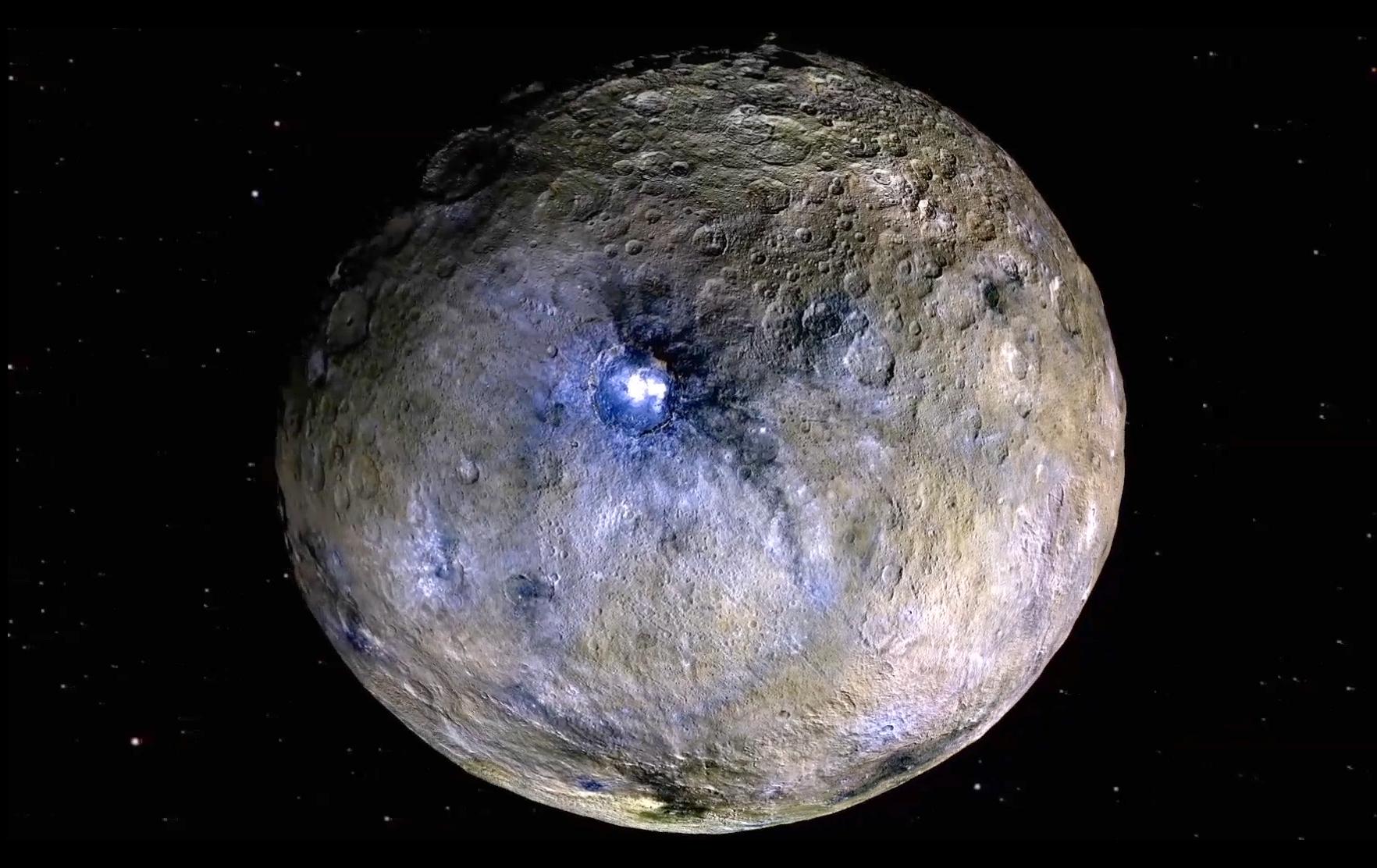The period when Ceres would most likely have been habitable was between a half-billion and 2 billion years after it formed (or about 2.5 billion to 4 billion years ago), when its rocky core reached its peak temperature. That’s when warm fluids would have been introduced into Ceres’ underground water.
The dwarf planet also doesn’t have the benefit of present-day internal heating generated by the push and pull of orbiting a large planet, like Saturn’s moon Enceladus and Jupiter’s moon Europa do. So Ceres’ greatest potential for habitability-fueling energy was in the past.
This result has implications for water-rich objects throughout the outer solar system, too. Many of the other icy moons and dwarf planets that are of similar size to Ceres (about 585 miles, or 940 kilometers, in diameter) and don’t have significant internal heating from the gravitational pull of planets could have also had a period of habitability in their past.
More About Dawn
A division of Caltech in Pasadena, JPL managed Dawn’s mission for NASA’s Science Mission Directorate in Washington. Dawn was a project of the directorate’s Discovery Program, managed by NASA’s Marshall Space Flight Center in Huntsville, Alabama. JPL was responsible for overall Dawn mission science. Northrop Grumman in Dulles, Virginia, designed and built the spacecraft. The German Aerospace Center, Max Planck Institute for Solar System Research, Italian Space Agency and Italian National Astrophysical Institute were international partners on the mission team.
For a complete list of mission participants, visit:
https://solarsystem.nasa.gov/missions/dawn/overview/
